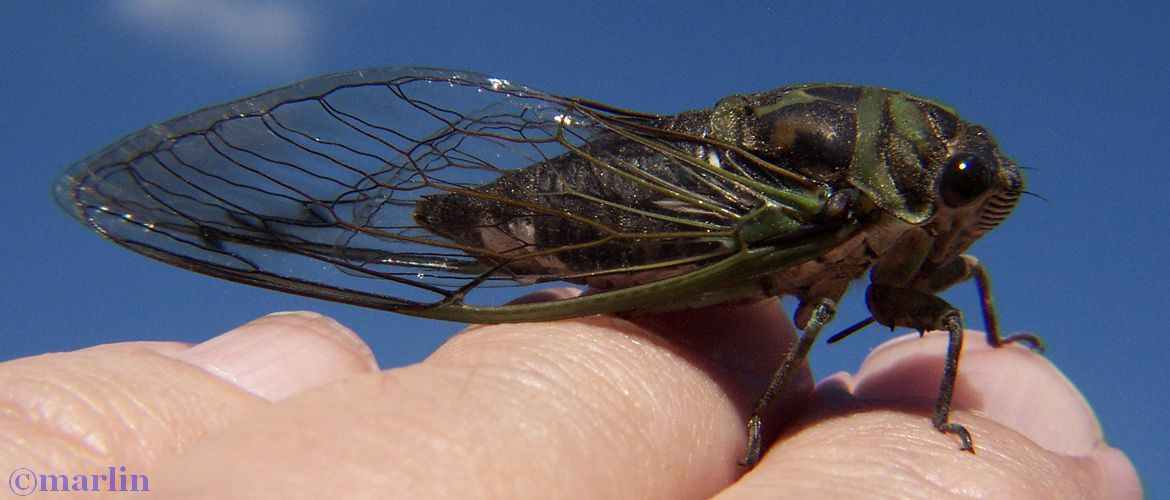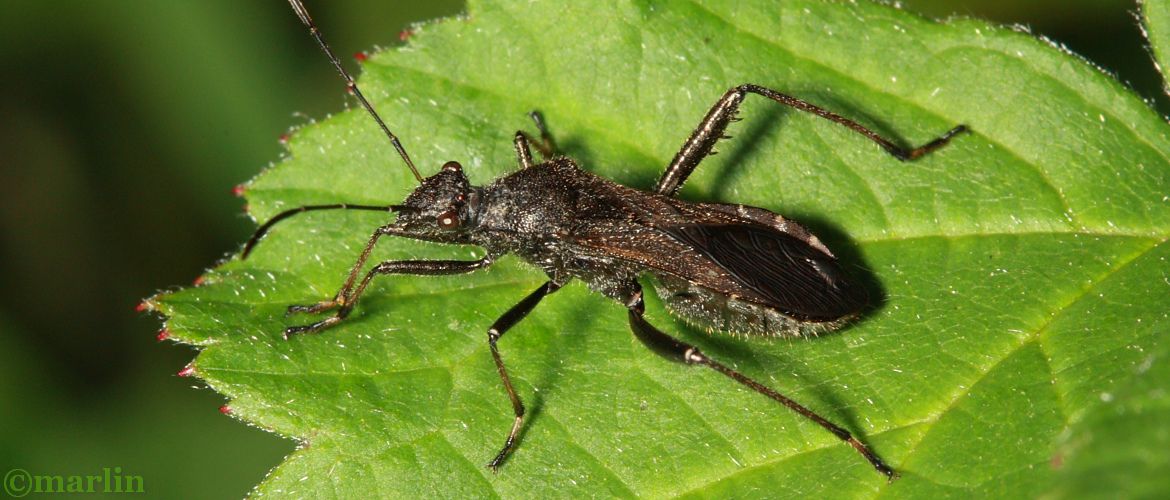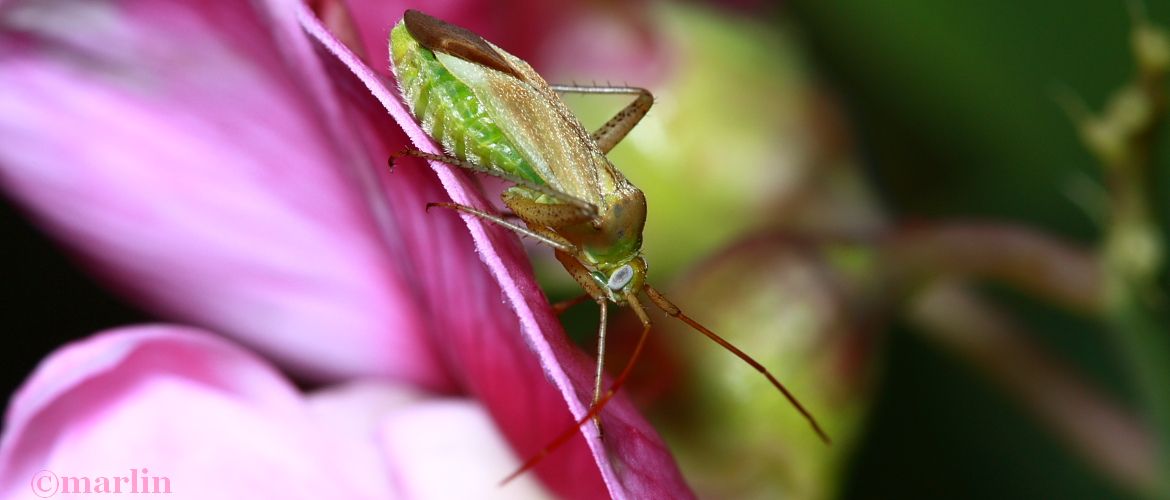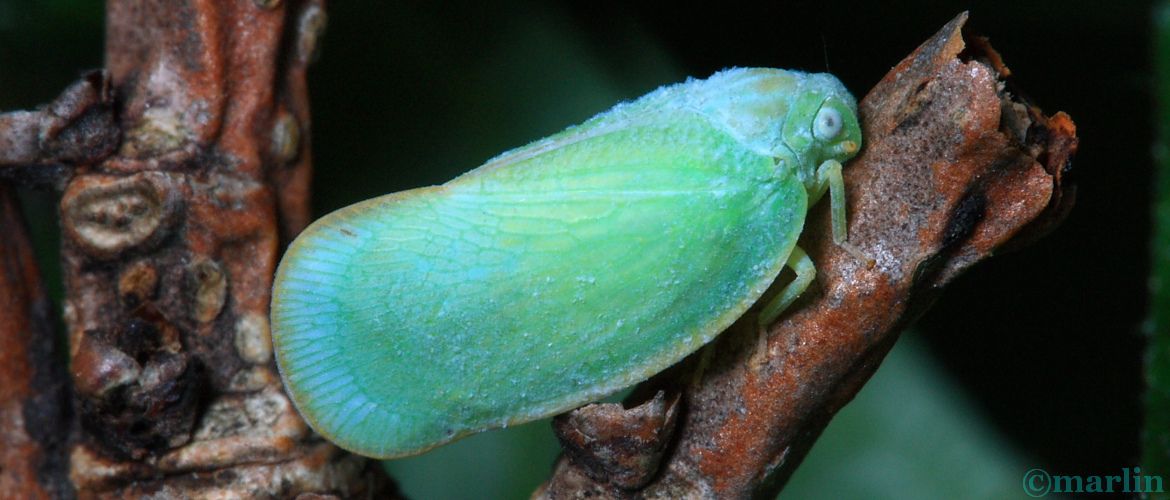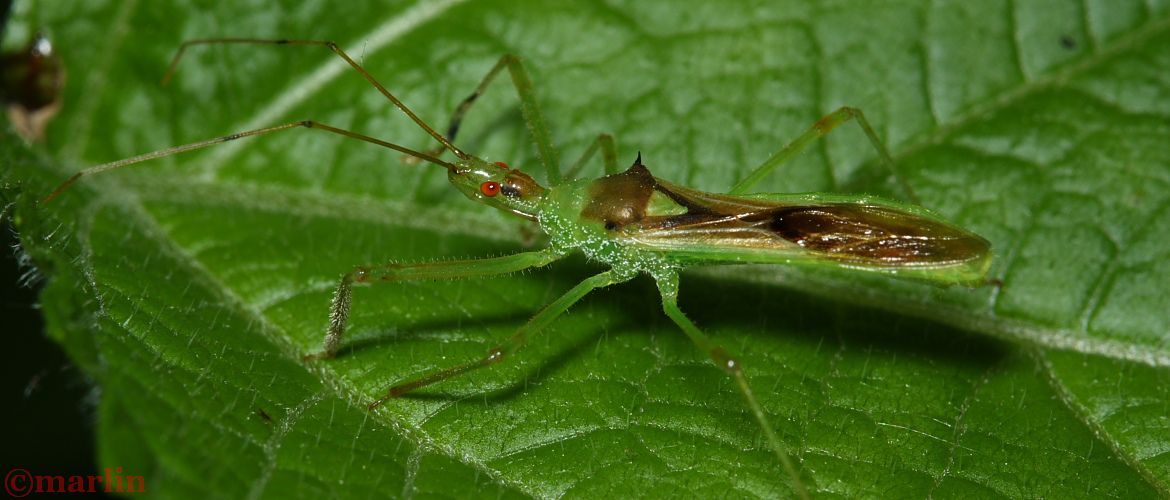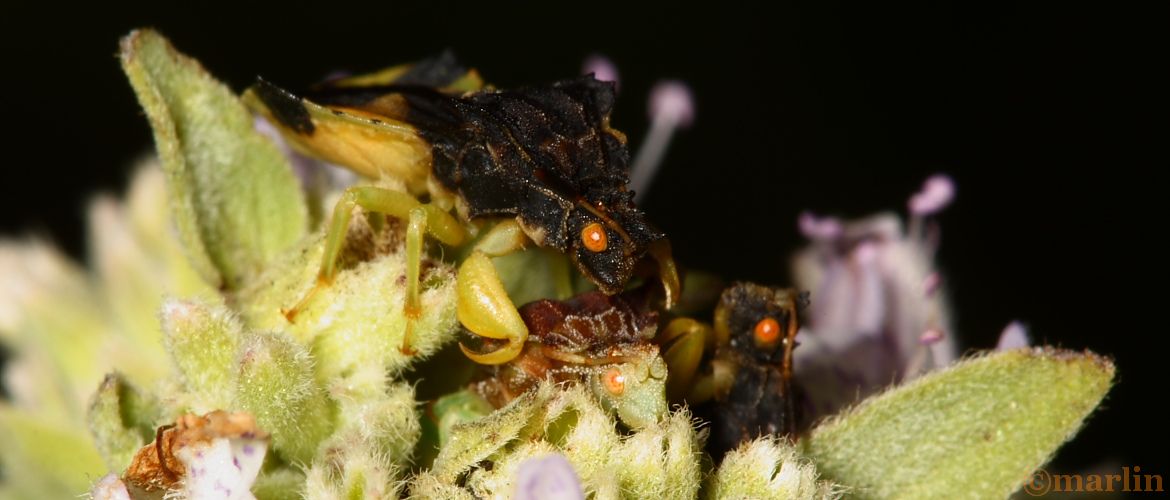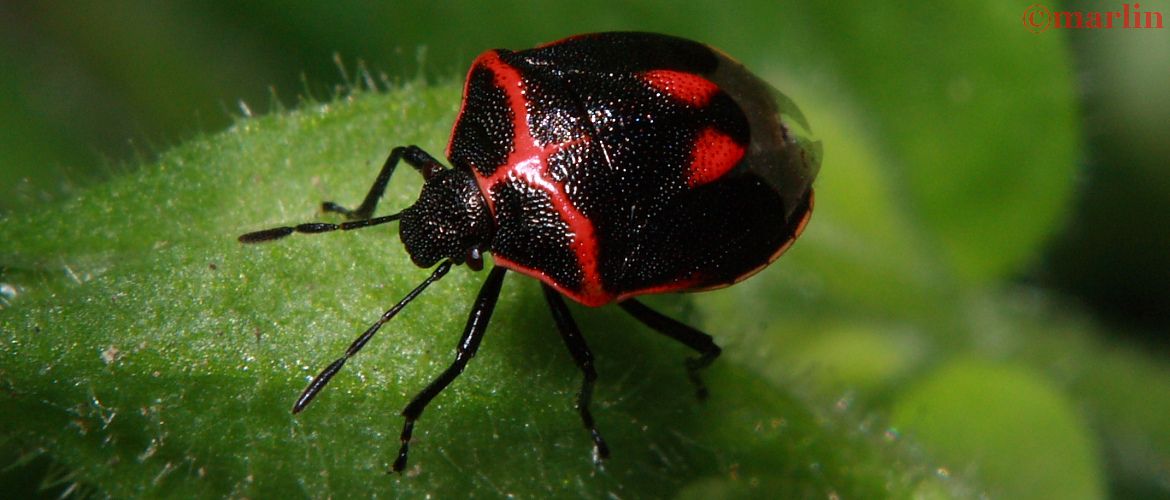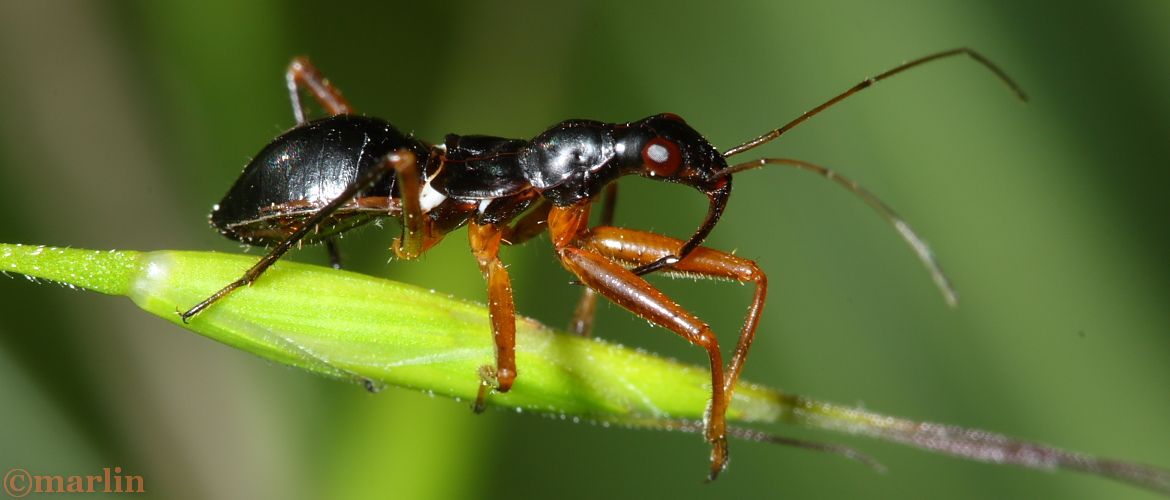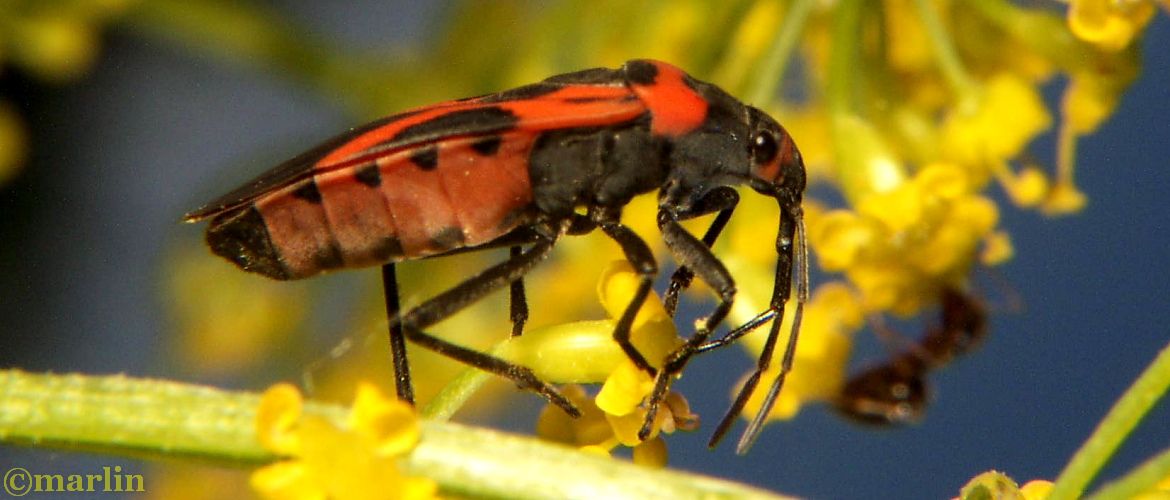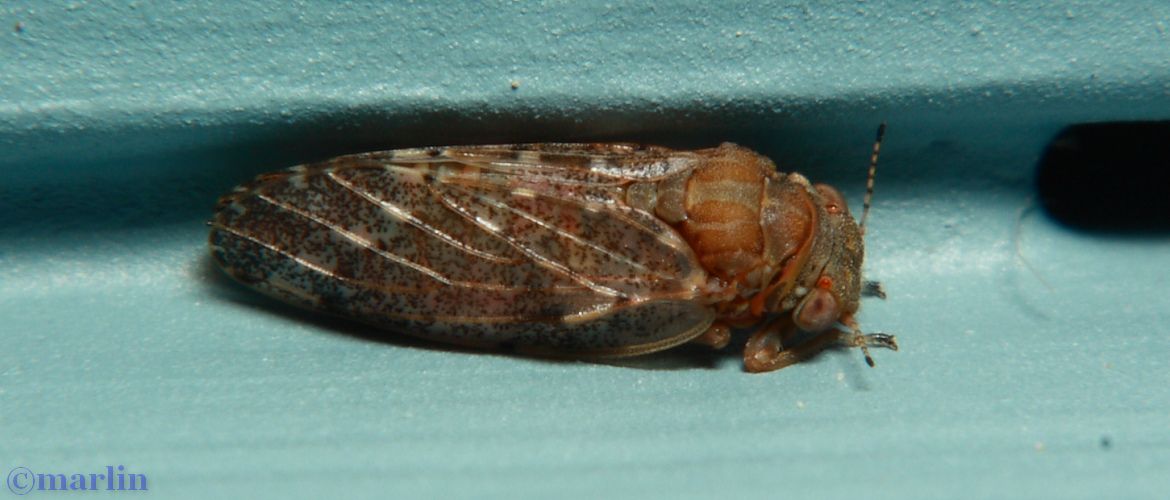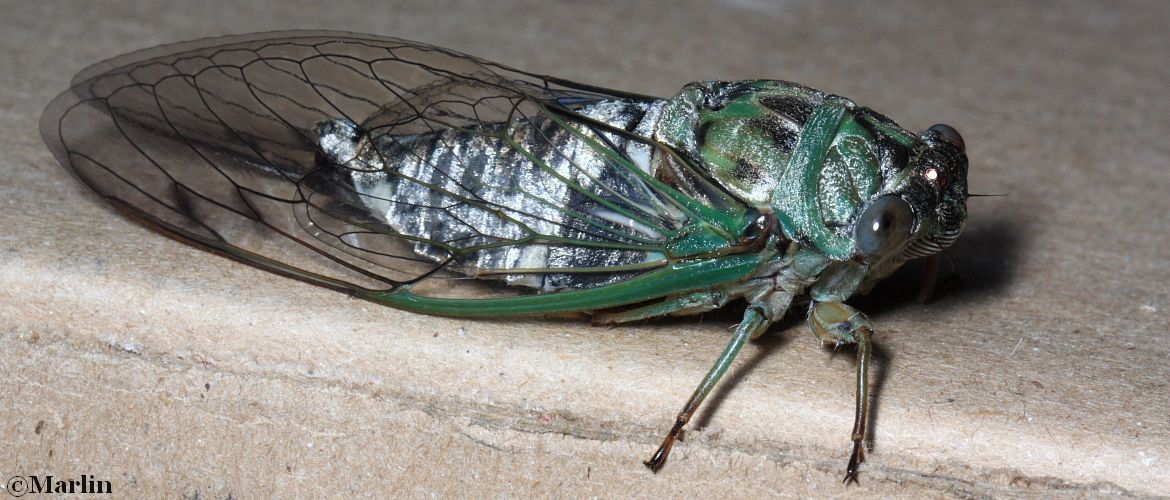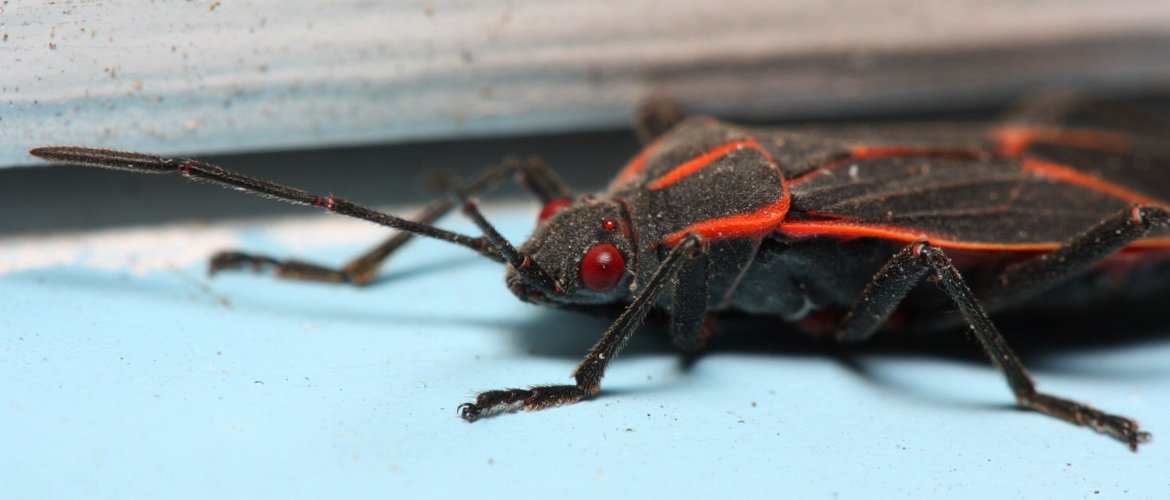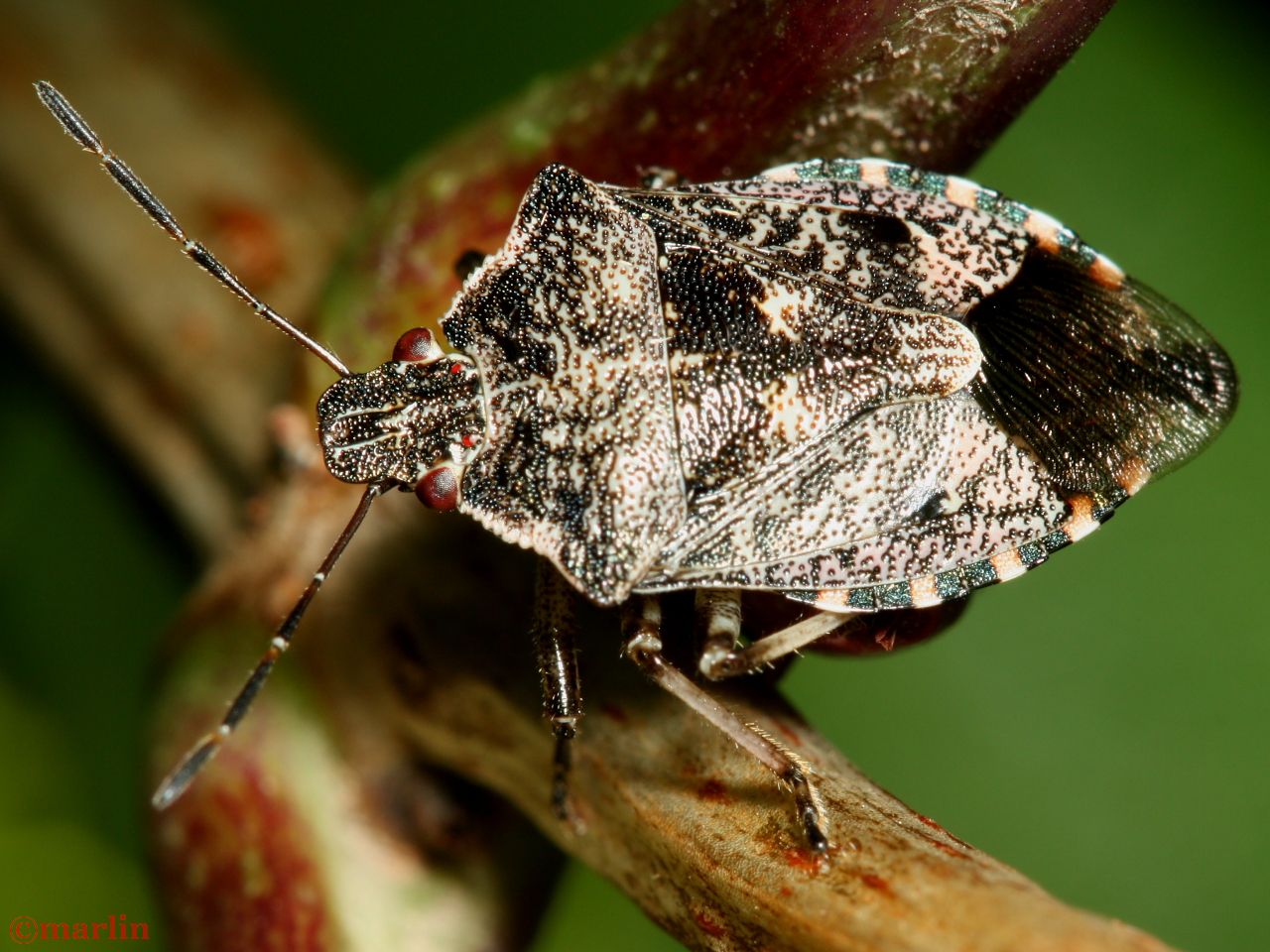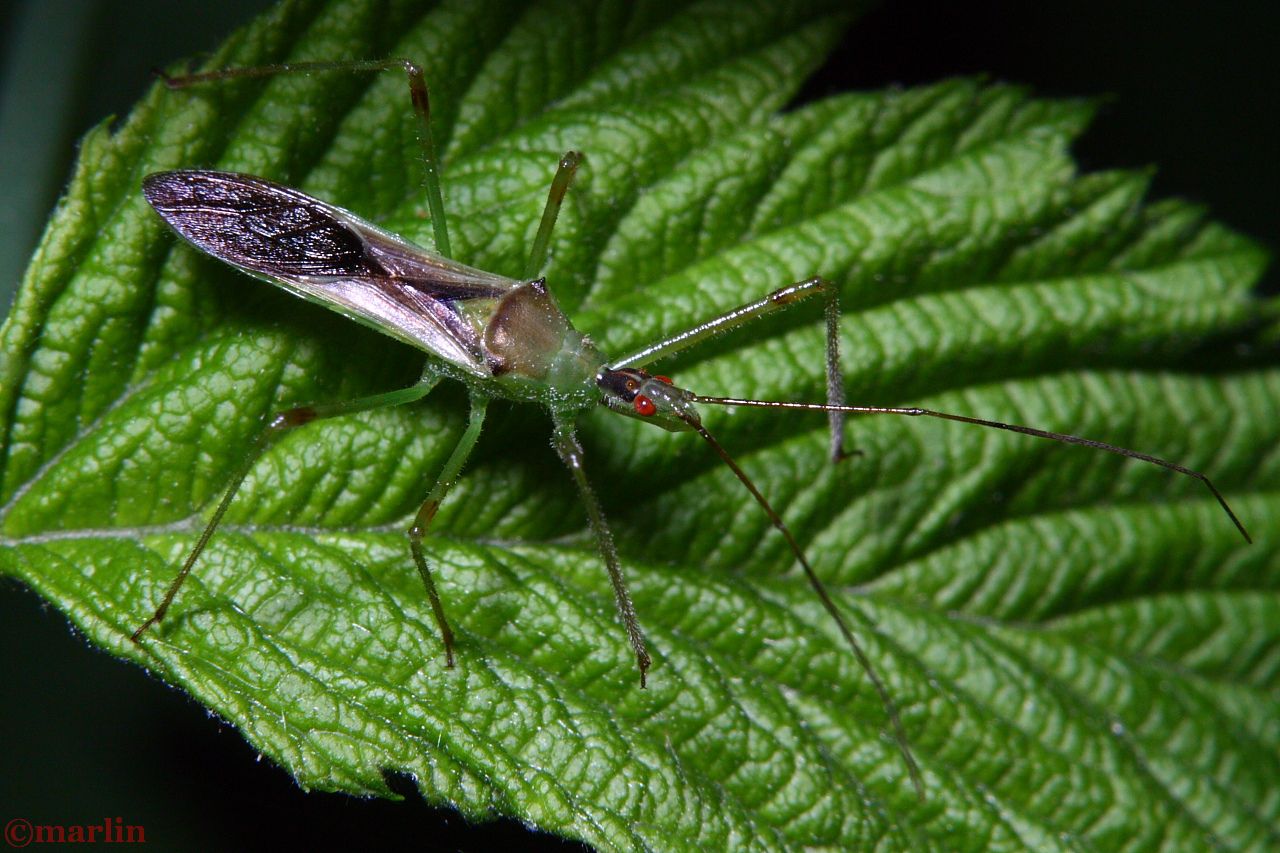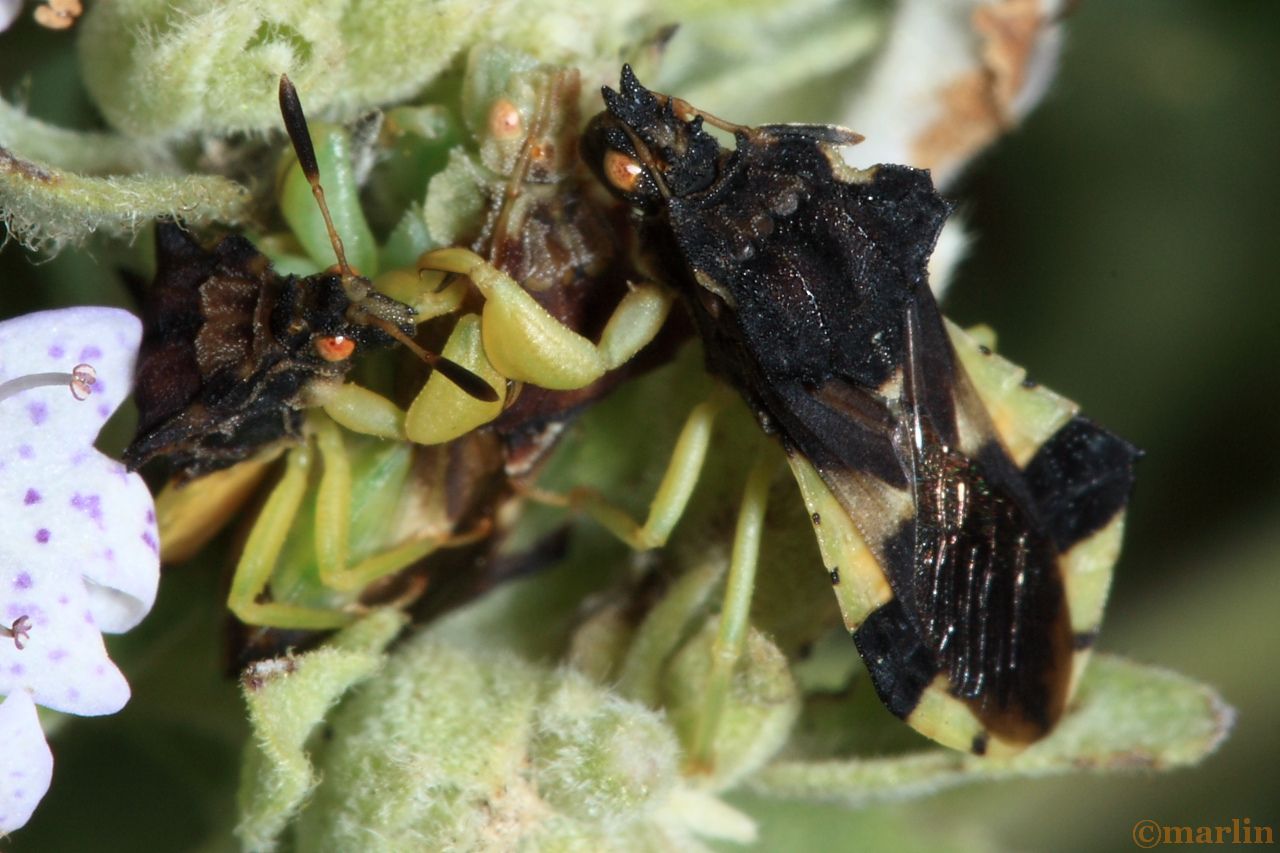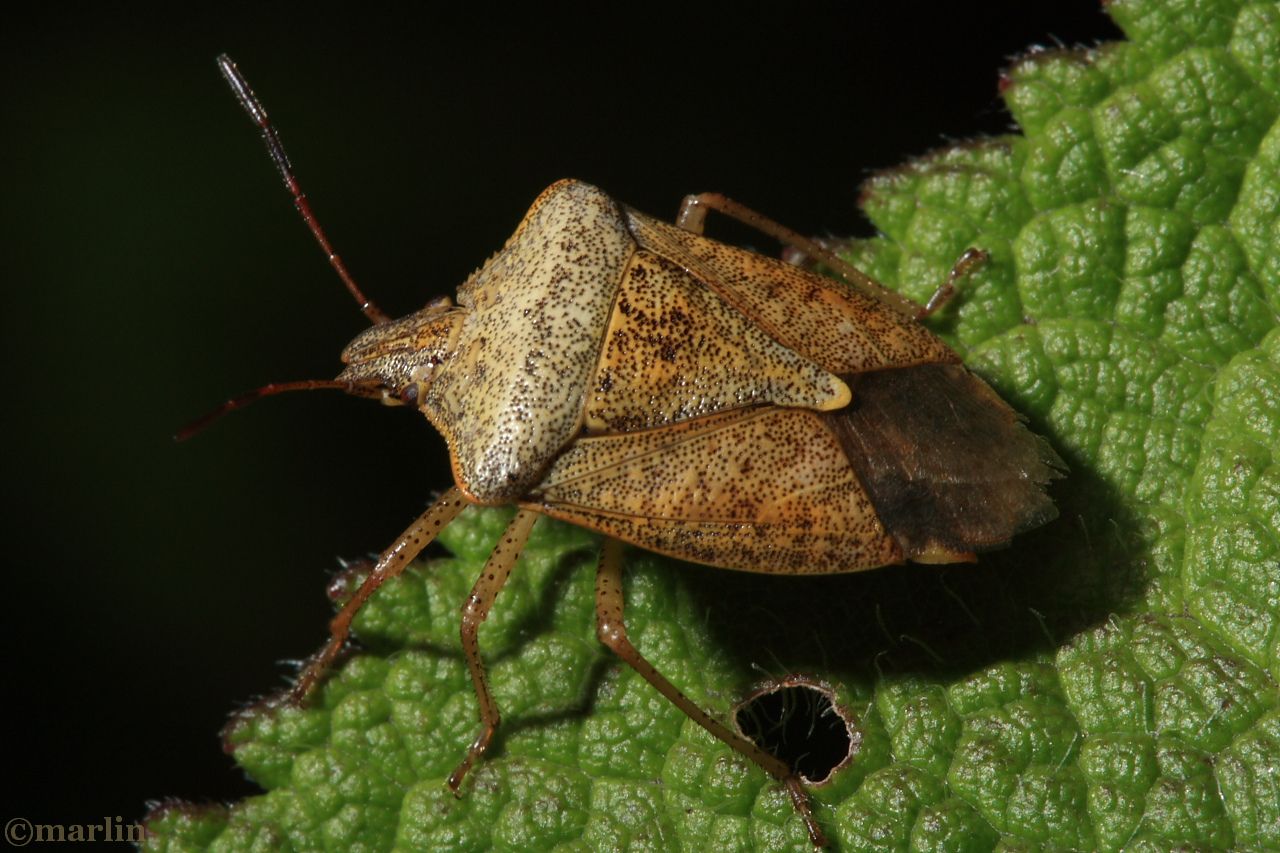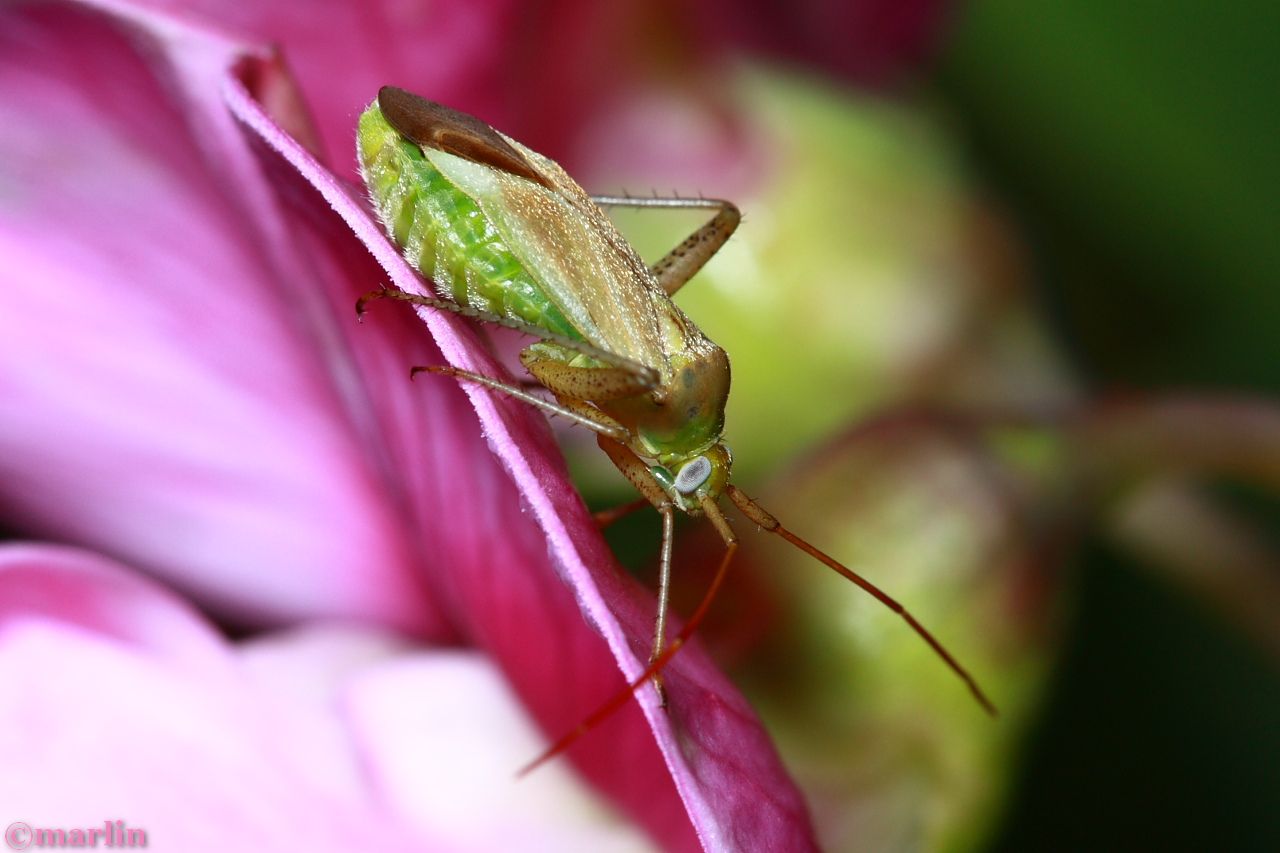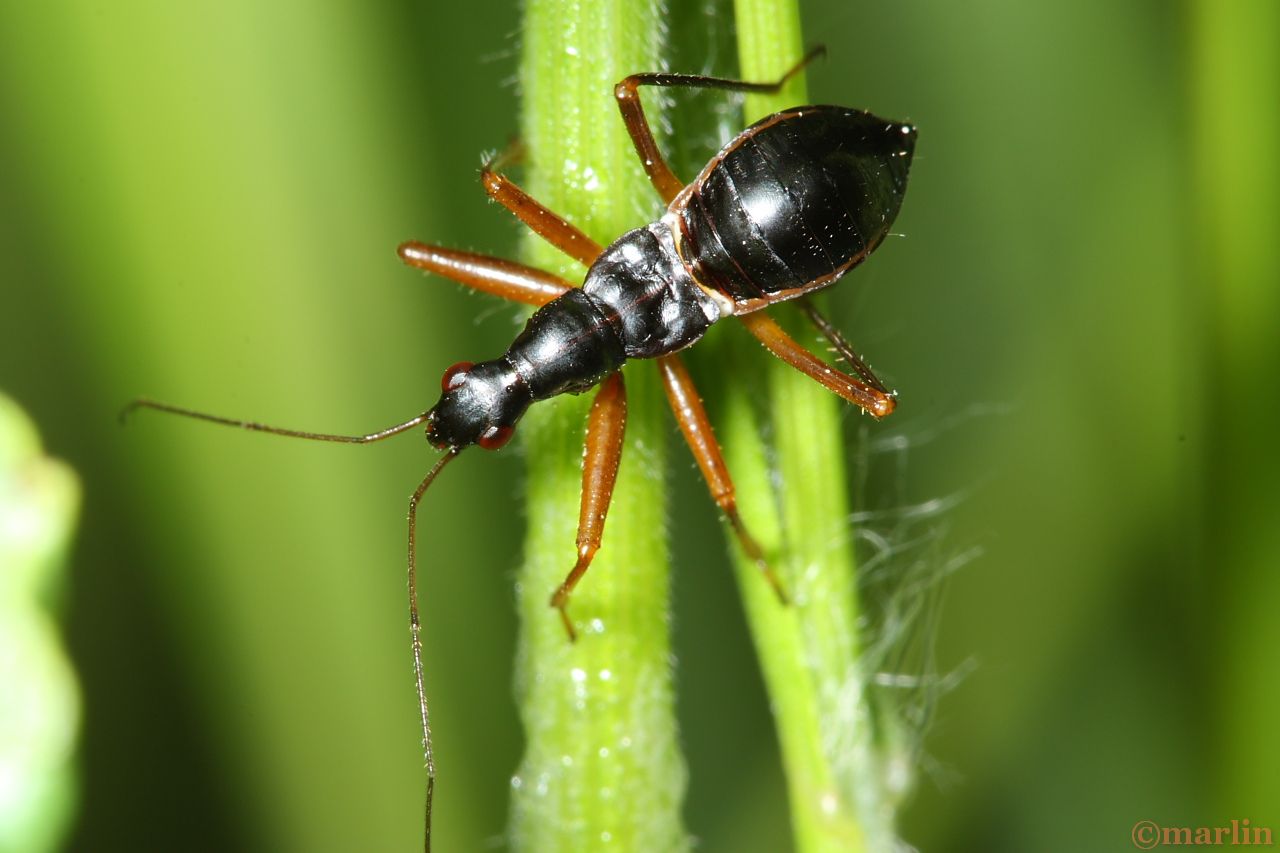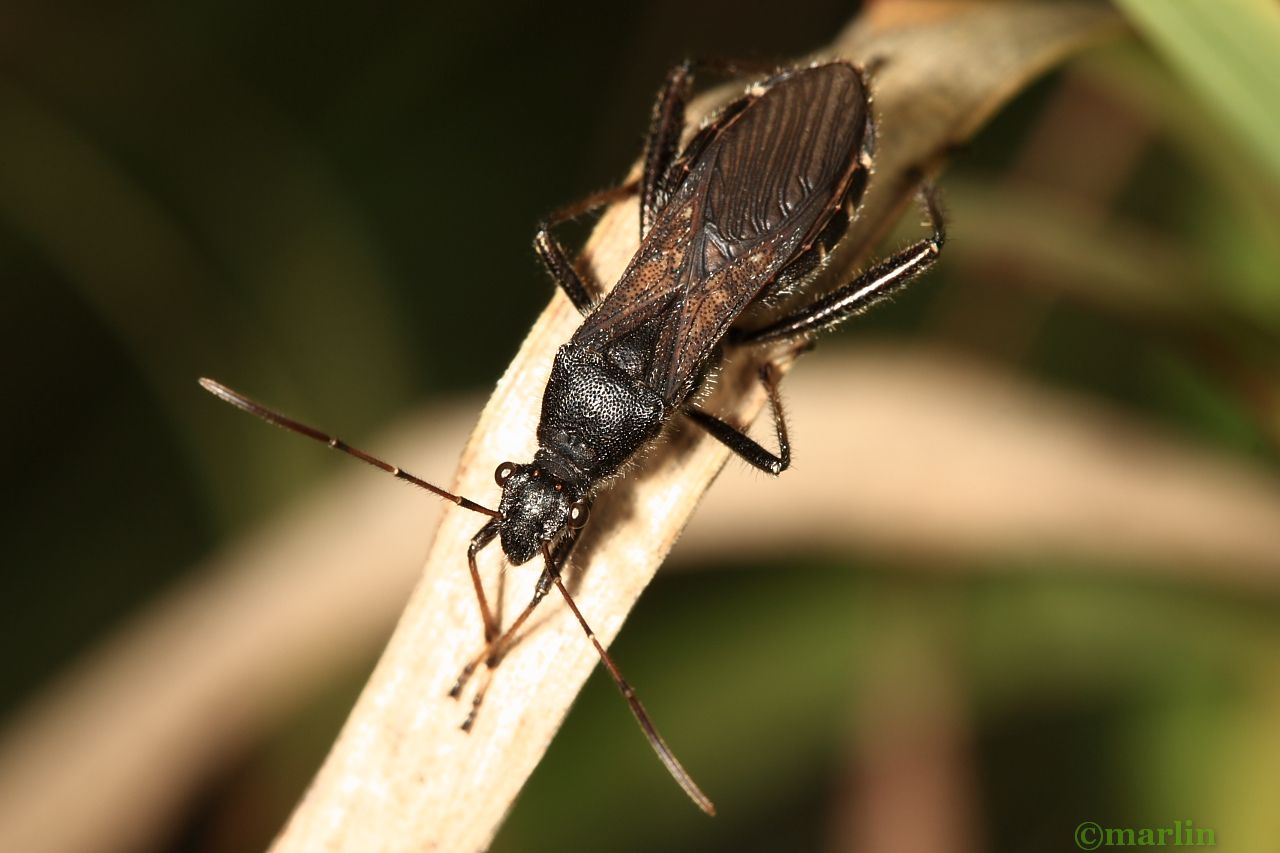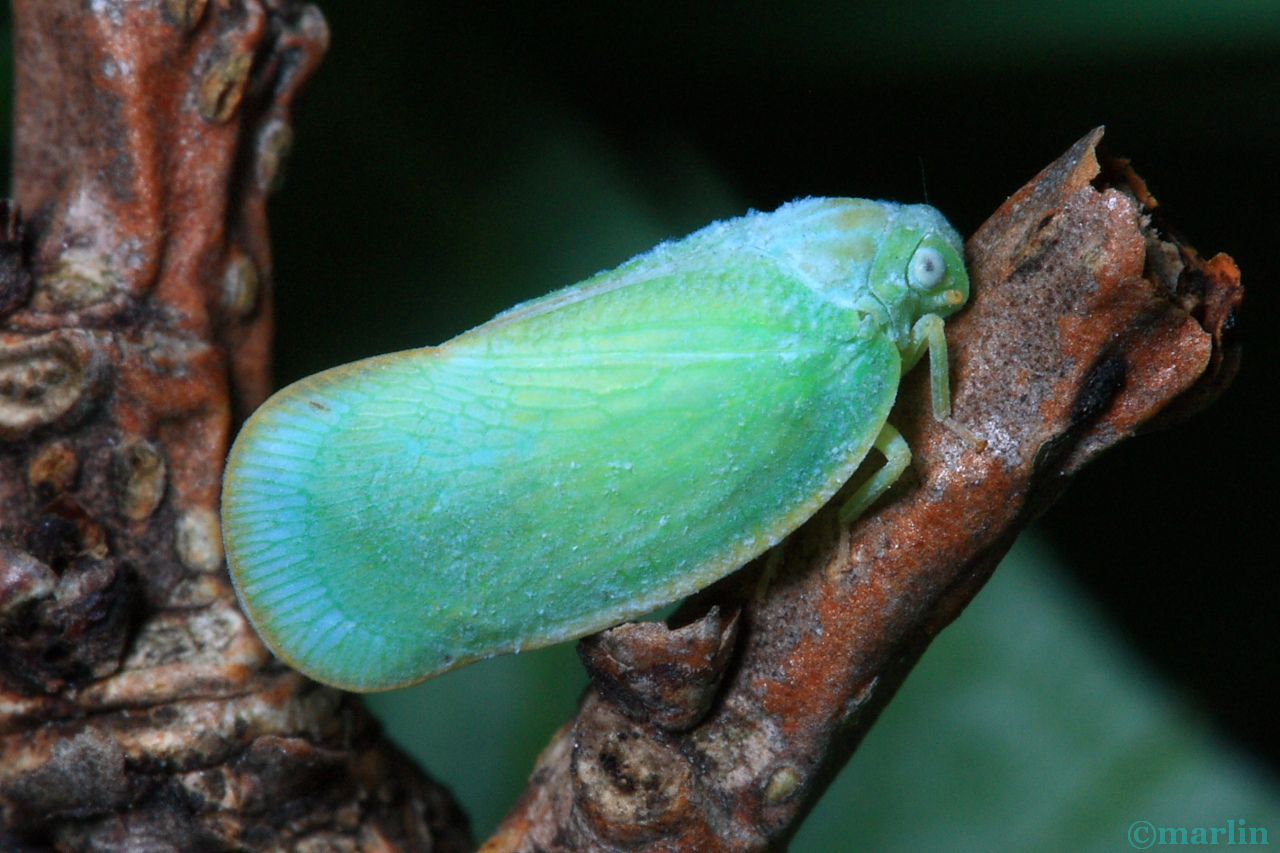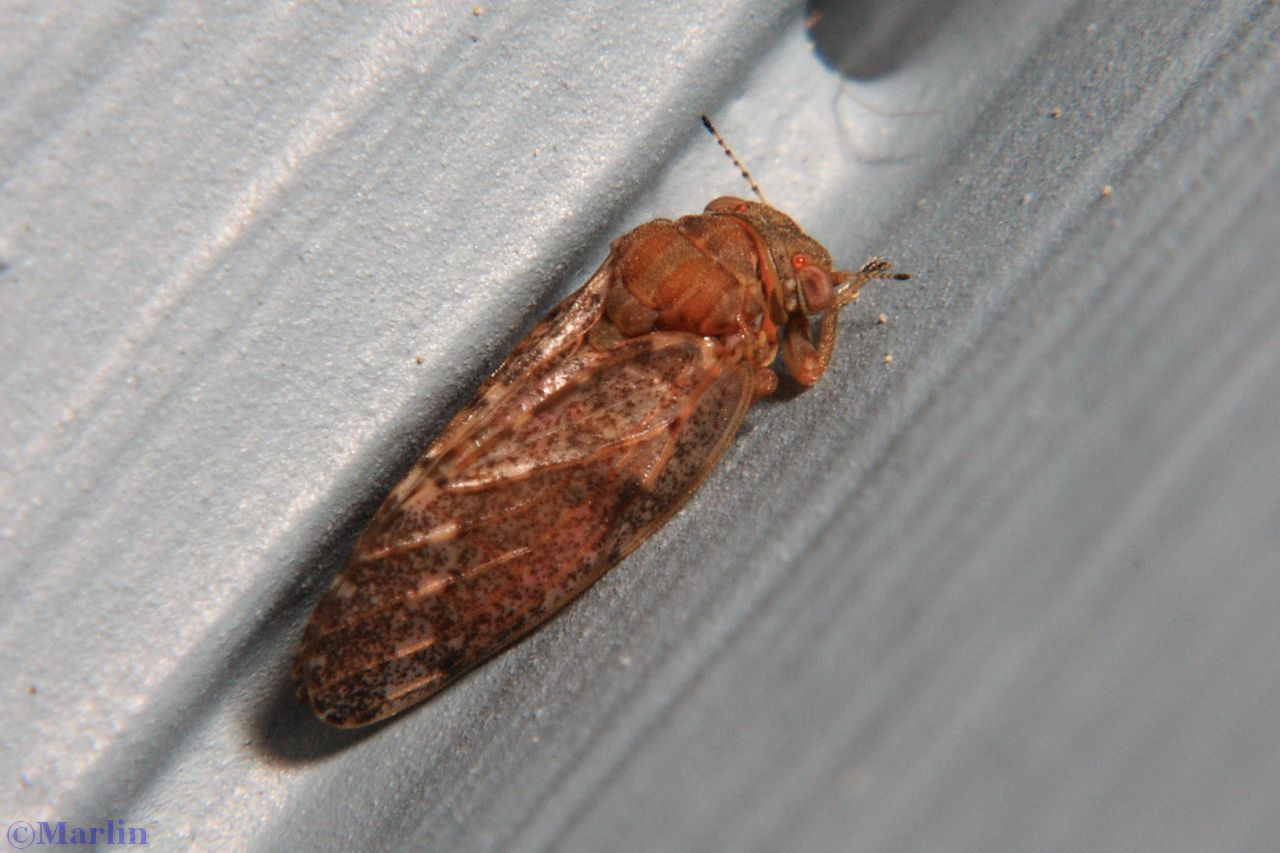Order Hemiptera – True Bugs, Cicadas, Hoppers, Aphids and Allies
Hemiptera was first recognized by Linnaeus in the Systema Naturae of 1758. Defined as monophyletic by its possession of distinctive mouthparts in which the labium assumes the form of a sheath surrounding the elongate, slender mandibles and maxillae. The maxillae are modified into a pair of concentric tubes forming the salivary and food canals; the mandibles lie external to the maxillae, are coupled to them, and serve a cutting function when introducing the proboscis into the food source, be it flora or fauna.
The maxillary and labial palpi are completely lost in the Hemiptera. This feeding method requires liquid food. Saliva may serve a variety of functions including histolysis, paralysis, or anticoagulant passes through the salivary canal to the food source. The liquid food is then drawn into the insect gut through the action of pharyngeal and cibarial pumps (the cibarium is the primary sucking organ in mosquitoes). Bugs suck, literally.
It is by the introduction of the proboscis into the host, and the injection of the associated chemicals (and sometimes pathogens) that make the bug family so destructive to agriculture and to its animal victims. (See mosaic leaf damage and Chaga’s disease.)
Hemiptera is presently divided into four suborders, after it was established that the families grouped together as “Homoptera” are not as closely related as had previously been thought.
Auchenorrhyncha contains the cicadas, leafhoppers, treehoppers, planthoppers, and froghoppers.
The suborder Sternorrhyncha contains aphids, whiteflies, scale, and mealybugs.
Heteroptera, the least primitive of the group, represents the true bugs.
Bugs Index | Assassin Bugs | Plant Bugs | Ambush Bugs
Suborder Heteroptera: The True Bugs
A number of Heteropteran families, most notably Pentatomidae (stink bugs) and Coreidae (squash and leaf footed bugs) engage in chemical warfare with their predators and parasites by emitting strongly odorous or corrosive fluids from special glands when disturbed.
Members of the family Reduviidae are commonly called assassin bugs. They are highly successful predators of other insects and a few are ectoparasites of warm-blooded mammals, including humans. Reduviids are active hinters that kill their prey by injecting them with venomous salivary fluid with their rostrum, or beak. Ambush bugs (Phymatidae) use the same weapon but wield it in a sedentary fashion.
Ambush bugs (Family Phymatidae) are some of the most fascinating hunters. They hang around flower blossoms, nearly invisible in their exquisite camouflage, waiting for a pollinator to blunder into range. Their forelimbs are adapted for a quick snatch much like the praying mantis. Once they have latched onto a bumble bee, butterfly, or even a wasp, the ambush bug immobilizes the prey by injecting toxic saliva through their beak.
Like all true bugs, ambush bugs undergo simple metamorphosis. Clusters of eggs are laid by overwintered females when the weather warms in springtime. After hatching, nymphs undergo from 4-7 molts, shedding their exoskeleton as they grow.
Bugs Index
Stink Bugs – Family Pentatomidae feed on developing seed of many hosts including trees, shrubs, vines, weeds and many cultivated crops. They may also feed on the stems and foliage when seed are not present. Both nymph and adult stink bugs pierce plants with their needlelike mouthparts and suck sap from pods, buds, blossoms and seeds.
The family name, Pentatomidae, comes from the Greek “pente” (five) + “tomos” (a section); a reference to the 5-segmented antennae, or to the body which is divided into 5 sections. The scutellum is the largest section.
Plant Bugs – Family Miridae
Scentless Plant Bugs – Family Rhopalidae
The family Miridae is the largest among the order Hemiptera (true bugs), with approximately 10,000 described species. Most plant bugs are phytophagous, that is, feeding on plants, others are predatory and carnivorous.
Rhopalidae, the so-called “scentless” plant bugs is a much smaller family, with only about 200 species in 18 genera worldwide. However, the perennial pest, the boxelder bug falls into this family, along with other agriculture pests (feeding as they do on seeds).
Bugs Index
Family Coreidae includes leaf footed bugs and squash bugs. Leaf footed bugs are named for their leaf-shaped expansions of the hind tibia and femora. They have four-segmented antennae, large compound eyes and one pair of ocelli, or simple eyes.
All species of Coreidae are phytophagous, that is, plant-feeders. Like all true bugs, the adults are equipped with a beak, or rostrum, a hypodermic needle-like device carried under the head, which it uses to pierce the plant tissue and suck out liquids. They do not simply “suck out sap”, they inject a tissue-dissolving saliva and vacuum out the resulting slurry. Bugs cannot ingest solid food, and widespread damage to the plant is a result of these liquefying enzymes.
Some Coreids live in leaf litter, but most nymphs and adults live above ground on their host plants where they may feed on seeds, fruits, stems or leaves. Many occur on an astonishing variety of plants, while some are restricted to a single host. Most Coreids do not appear to have the numbers to become serious agricultural pests, however some become a problem through their feeding on a single variety of plants; the most destructive of these is probably a squash bug, (a common name applied to bugs in the genus Anasa) Anasa tristis, which is a pest of cultivated cucurbits.
I find the Coreidae engaging creatures, being so large and stately – they don’t scare easily and don’t seem to mind posing for pictures – although this one disappeared rather suddenly, with a quick launch from those strong hind legs and a burst of speed from the huge flying wings.
Family Nabidae – damsel bugs. The nabids are small bugs that are relatively slender, with the front femora slightly enlarged. Adults and nymphs are predators of many different types of insects, including aphids, moth eggs, and small caterpillars, including corn earworm, European corn borer, imported cabbageworm and some armyworms. Adults are swift and aggressive, rapidly sucking the body contents from their prey. Damsel bugs themselves are attacked by a number of natural enemies, including tachinid flies, wasps and fungi. The most common damsel bugs are pale yellow to brown with well developed wings – genus Nabis is common throughout the United States.
There are approximately 29 species of broad–headed bugs in North America. This species, Alydus eurinus, is the most abundant of the broad-headed bugs and is usually found on bush clover (Lespedeza capitata). The nymphs are remarkable ant mimics, while the adults resemble spider wasps (Pompilidae). As a second line of defense, both nymphs and adults exude chemicals known as allomones (butyric and hexanoic acids) from the metathoracic scent glands characteristic of true bugs.
Broad-headed bugs in the Family Alydidae feed on developing seed of many hosts including trees, shrubs, vines, weeds and many cultivated crops. They may also feed on the stems and foliage when seed are not present. Both nymph and adult bugs pierce plants with their needlelike mouthparts and suck sap from pods, buds, blossoms and seeds. The degree of damage depends on the developmental stage of the plant when it is attacked. Immature fruit and pods become deformed as they develop. Seeds are often flattened and shriveled.
Later-developing cultivated plants become more attractive when these initial wild hosts dry down, and their proximity allows easy access for bug colonization in crops. Shortly after egg deposition and hatching, emerging nymphs are gregarious in habit and remain on or near the egg mass. As they develop, they begin to feed and disperse.
Family Lygaeidae contains about 60 genera in six subfamilies. Most members are called seed bugs or milkweed bugs, and are often colored with the aposematic orange-and-black coloring popular among insects that derive their chemical defenses from milkweed plants. This family used to be vastly larger taxonomically, as numerous former subfamilies have been removed and given independent family status, which together constituted well over half of total. Many of the species feed on seeds, some feed on sap, and a few are predatory on insects.
Suborder Auchenorrhyncha – Cicadas, Leafhoppers, Planthoppers, Treehoppers, and Spittlebugs
Insects in the order Hemiptera were historically placed into two orders, Homoptera and Heteroptera/Hemiptera, based on the differences in wing structure and the position of the rostrum. These two orders were then combined into the single order Hemiptera by many authorities, with Homoptera and Heteroptera classified as suborders.
The order is presently more usually divided into four or more suborders, after it was established that the families grouped together as “Homoptera” are not as closely related as had previously been thought. Auchenorrhyncha contains the cicadas, leafhoppers, treehoppers, planthoppers, and froghoppers.
The 12,500 species in the suborder Sternorrhyncha are aphids, whiteflies and scale insects. The suborder Coleorrhyncha (comprising the single family Peloridiidae), contains fewer than 30 species and is sometimes grouped with the Heteroptera (to form the suborder Prosorrhyncha). Heteroptera itself is a group of 25,000 species of relatively large bugs, including the seed bugs, assassin bugs, flower bugs and the water bugs.
Bugs Index
Suborder Sternorrhyncha – Aphids, Scales, Mealybugs, and Jumping Plant Lice. Insects in this assemblage are plant sap-processing machines. They feed by inserting their hypodermic needle-like proboscis directly into a plant’s vascular system (phloem), which contains carbohydrate-laden sap under pressure. As a passive but very efficient process, sap flows into the insect’s digestive system.
The sapsuckers must process a huge quantity of liquid, since the sap consists largely of water with only tiny amounts of nutrients. The excess (called honeydew) is excreted so copiously it has managed to fuel a symbiosis with ants. In return for the honeydew, ants will carry aphids or hopper nymphs to more vulnerable (and hence more productive) areas of the plant, and protect their charges by killing aphid-predators such as lady beetle and lacewing larvae. However, mound ants will also harvest the resulting “excess” aphids as a bonus protein source.
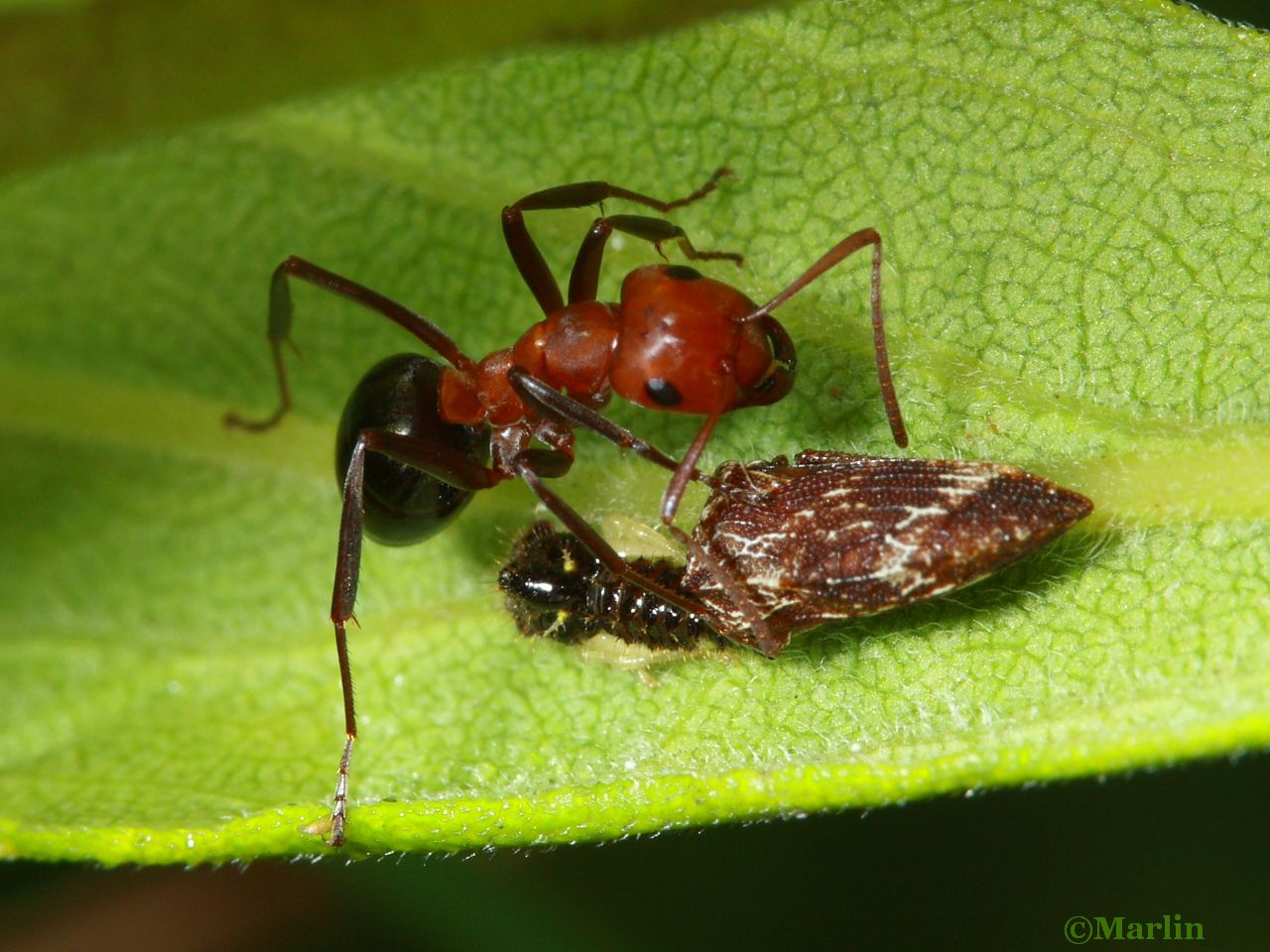
Allegheny mound ant and hoppers (adult & nymph)
Allegheny mound ants are named for their large, conspicuous nests which can be 2 meters or more across and a meter high. They are native to eastern North America from Nova Scotia to Georgia. The ants pictured here were resident in the Allegheny National Forest of northeastern Pennsylvania. AMA are aggressive foragers for protein in the form of arthropod prey, principally insects. They also obtain carbohydrates from ingesting sugar-rich honeydew excreted by aphids and leafhoppers, which the ants cultivate, herd, and protect from predators.
AMA become pests with their extensive tunneling, and their unfortunate habit of killing plants near the nest by injecting formic acid into them. Even small trees and shrubs can fall victim [2]. AMA will bite if disturbed, and an aggrieved colony can boil ants out an alarming rate. The ants use pheromones to alert each other to intruders.
Tree Encyclopedia / North American Insects & Spiders is dedicated to providing scientific and educational resources for our users through use of large images and macro photographs of flora and fauna.
|
|

